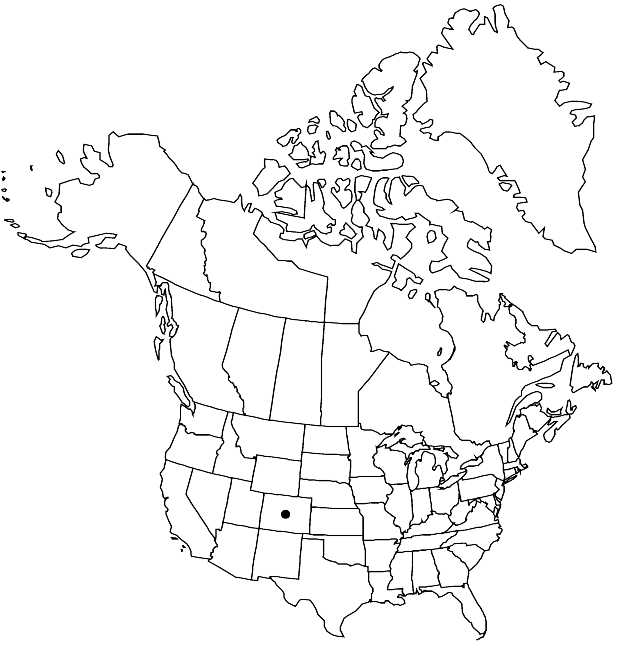Difference between revisions of "Physaria alpina"
Brittonia 33: 339. 1981.
FNA>Volume Importer |
imported>Volume Importer |
||
| (2 intermediate revisions by 2 users not shown) | |||
| Line 8: | Line 8: | ||
}} | }} | ||
|common_names=Avery Peak or alpine twinpod | |common_names=Avery Peak or alpine twinpod | ||
| + | |special_status={{Treatment/ID/Special_status | ||
| + | |code=E | ||
| + | |label=Endemic | ||
| + | }}{{Treatment/ID/Special_status | ||
| + | |code=C | ||
| + | |label=Conservation concern | ||
| + | }} | ||
|basionyms= | |basionyms= | ||
|synonyms= | |synonyms= | ||
| Line 46: | Line 53: | ||
|publication title=Brittonia | |publication title=Brittonia | ||
|publication year=1981 | |publication year=1981 | ||
| − | |special status= | + | |special status=Endemic;Conservation concern |
| − | |source xml=https:// | + | |source xml=https://bitbucket.org/aafc-mbb/fna-data-curation/src/2e0870ddd59836b60bcf96646a41e87ea5a5943a/coarse_grained_fna_xml/V7/V7_1014.xml |
|tribe=Brassicaceae tribe Physarieae | |tribe=Brassicaceae tribe Physarieae | ||
|genus=Physaria | |genus=Physaria | ||
Latest revision as of 22:29, 5 November 2020
Perennials; (with a long taproot), caudex usually buried, simple, (enlarged, covered with marcescent leaf bases, crown rosulate and horizontal to somewhat ascending, forming a dense crown at apex of caudex); (silvery) pubescent throughout, trichomes (sessile or stipitate), 5–8-rayed, rays furcate or bifurcate, (rounded to umbonate, strongly tuberculate, less so or smooth over center). Stems few from base, decumbent, (arising laterally proximal to current season’s leaves), 0.3–0.8 dm. Basal leaves: (petiole slender); blade broadly obovate, or deltate to ovate or narrower, 1.5–3.5 cm, (base abruptly to gradually narrowed to petiole), margins entire or obscurely few-toothed, (apex usually obtuse, nearly acute in narrower leaves). Cauline leaves: (2–5 per stem); blade oblanceolate to spatulate, similar to basal, margins entire, (apex acute). Racemes loose, (3–6-flowered). Fruiting pedicels (widely spreading to ascending, slightly curved or straight), 7–11 mm. Flowers: sepals narrowly oblong to linear, 7–9 mm; petals (erect), spatulate, 10–12(–15) mm. Fruits (usually purplish in age), didymous, irregular and somewhat angular, not highly inflated, 4–11 × 10–13 mm, (coriaceous, papery, shallowly grooved distally and on sides, tapered and narrowed toward replum, base obtuse to truncate, apex with broad sinus to nearly truncate); valves (retaining seeds after dehiscence), densely pubescent, not silvery; replum elliptic to obovate, as wide as or wider than fruit, base rounded, margins sparsely pubescent or glabrous, apex rounded (with funicles); ovules 4 per ovary; style 5–7 mm, (glabrous). Seeds flattened.
Phenology: Flowering Jun–Jul.
Habitat: Whitish or red substrates from limestone or dolomite, ridge crests, rocky alpine tundra and open areas
Elevation: 3500-4000 m
Discussion
Of conservation concern.
Selected References
None.
